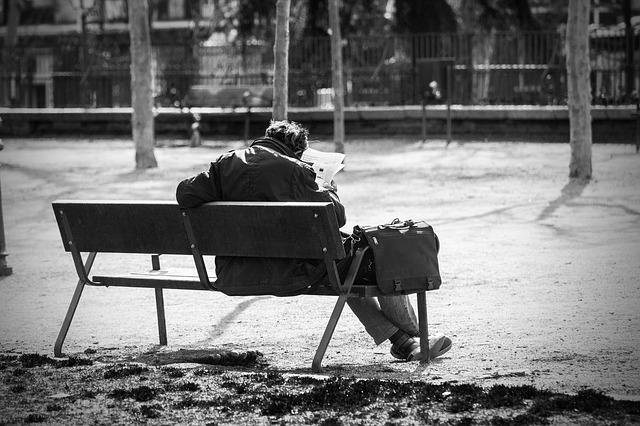
The US is in crisis. The political divisions are crippling; income and opportunities are as unequally shared as they have ever been; and society is divided in terms of the different lives, hopes, and dreams that the rich and the poor have. The starkest marker of this crisis of societal ill-being is the rising rate of mortality due to premature deaths (suicide, opioids, and alcohol poisoning, among others) primarily among less educated whites. The trend of rising rather than falling mortality rates among an important demographic group is unique to the US among rich countries.
There are many explanations for this sad story, and they include differences across races, places, and jobs. My research finds that poor blacks and Hispanics are much more optimistic about their futures than are poor whites and, in turn, mortality rates have not increased the same way among minorities. Place is also important. Metropolitan areas on the coasts are, on average, much more economically vibrant and racially diverse, and have healthier behaviors and lower mortality rates than do rural areas in the heartland.
A critical factor is the plight of the white blue-collar worker, for whom hopes for making it to a stable, middle-class life have largely disappeared. Due in large part to technology-driven growth, blue-collar jobs in the traditional primary and secondary industries—such as coal mines and car factories—are gradually disappearing. Not coincidentally, the typical working-class, two-parent household is also disappearing. While differences in the prevalence of stable marriages had been most evident across racial (black-white) lines, they now sort by income levels, with single-headed households as common among poor whites as among other poor racial groups, and marriage rates at the top of the income distribution much higher across all races. With 25% of prime-age males predicted to be out of the labor force by 2050, the odds of solving the marriage market problem look even bleaker.
Yet the most difficult problem to solve in the decline of the white blue-collar worker may be the loss of identity and hope. This is a cohort that expected to live the American dream; with a high school education, one could remain in the occupation of one’s (usually) father, do slightly better, and have a stable, middle-class existence. Discrimination gave blue-collar whites better access to those lifestyles than other groups. Today, minorities are gradually catching up and, perhaps due to their constant challenges in the past, they seem to be better at multitasking in the labor force. They are much more likely to take new low-skilled service jobs in sectors such as health, for example, than are whites, particularly white males. Minorities are also more likely to live in diverse, economically vibrant areas (usually urban), as well as to have stronger social support in families, communities, and churches. Blue-collar whites are more likely to live in places where identities, friendships, and social support were traditionally tied to the mine or the factory, and where distance and climate, in addition to fading employment opportunities, make it difficult to form new community ties and other forms of social support.
There is nothing in the nature of the tattered US social welfare system, meanwhile, which encourages societal support for those who fall out of the labor force or otherwise behind. Most of these programs are managed at the state level. Funding has been shrinking in the past decade, particularly in Republican states where, rather ironically, the needs of this cohort are the greatest. (The one exception is reliance on disability insurance in these same places, which has been increasing notably in the past decade.) The policies proposed by the current administration threaten to further dismantle safety nets and jeopardize access to health insurance at the same time.
While there are challenges for many low-skilled workers in changing economic times, and minorities still face significant disadvantages, among blue-collar whites, due to trends in the economy, the labor and marriage markets, and in health, the fall from the American dream has been a longer and harder one, at least in relative terms. The negative consequences, which include short-sighted voting trends, have implications for the entire society’s well-being. The land where opportunity (in theory) and individual success are both paramount is woefully unequipped to deal with the challenge of large parts of its population falling into desperate straits.
© Carol Graham
This commentary is based on research in Carol Graham’s book, Happiness for All: Unequal Hopes and Lives in Pursuit of the American Dream (Princeton University Press, 2017). For the latest on mortality rates, see Carol Graham and Sergio Pinto. Unequal Hopes and Lives in the U.S.: Optimism (Or Lack There-of), Race, and Premature Mortality. Brookings Global Economy and Development Working Paper, No. 104, June 2017.